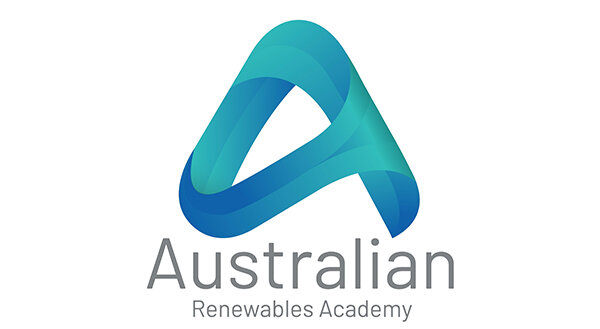Powering the Future: What Queensland’s Energy Roadmap Means for Clean Energy Workforce Development
Queensland SuperGrid Training Centre Image: Queensland Government via pv-magazine Australia This facility is expected to upskill 500 energy workers
By David Moody | Director, Australian Renewables Academy
The Queensland Government’s Energy Roadmap 2025 is a clear signal of its commitment to a cleaner, more resilient energy future. It outlines a pathway to 80% renewable energy by 2035, backed by $26 billion in public and private investment in infrastructure, from the SuperGrid to large-scale storage and transmission upgrades.
But as we’ve long said at theAustralian Renewables Academy: infrastructure alone won’t deliver the energy transition; people will.
So, how well does the Roadmap support the development of the clean energy workforce Queensland needs?
A Roadmap for Jobs That Still Stands
Despite recent shifts in energy policy, including the removal of fixed coal closure dates, the Clean Energy Workforce Roadmap remains in place. It continues to guide Queensland’s workforce development strategy, ensuring that the state’s transition is not only technologically sound but socially and economically inclusive.
This Roadmap, developed in consultation with over 90 stakeholders, is built on three pillars:
Building the future workforce through education and training
Mobilising existing talent across industries
Preparing regions for growth, particularly in Renewable Energy Zones (REZs)
It’s a strategy that recognises the scale of the opportunity and the challenge.
Tangible Action on the Ground
We’re already seeing the Roadmap in action:
Mobile Regional Energy Jobs Hubs are connecting communities in REZs to training and employment pathways.
The Gateway to Industry Schools Program is introducing thousands of students to careers in clean energy.
TAFE Queensland is delivering targeted training in hydrogen, solar, battery storage, and grid connectivity.
The Queensland SuperGrid Training Centre and Transmission Hub in Gladstone is already operational in an interim capacity, training up to 500 high-voltage workers annually. A permanent facility is under development, with construction expected to begin later this year.
A Skills Academy is being developed in Rockhampton as part of Stanwell’s Future Energy Innovation and Training Hub (FEITH). While not yet operational, early works are underway, with full delivery planned over the next few years.
The Clean Energy, Job Ready program is rolling out a digital skills passport and career pathways tool to support workers and employers.
Supporting the Supply Chain
The Roadmap also extends to the broader clean energy supply chain:
The Regional Economic Futures Fund (REFF) is aligning training with local industry needs, particularly in the renewable energy and critical minerals sectors.
Industry-led Reference Groups are shaping qualifications to reflect emerging technologies.
The Centre of Excellence – Clean Energy (Batteries) is developing training for battery storage, EVs, and grid integration.
These initiatives are helping to ensure that a skilled, future-ready workforce underpins Queensland’s clean energy transition.
What More Can Be Done?
While the progress is encouraging, the scale of the transition demands even greater ambition. To fully realise the potential of the Energy Roadmap, we must:
Scale up training delivery across more regions and cohorts, including First Nations communities and displaced workers from traditional energy sectors.
Accelerate industry partnerships to ensure training is demand-driven and aligned with real-world projects.
Embed workforce planning into project approvals and funding—so that skills development is not an afterthought, but a core deliverable.
Promote national coordination across states and territories to avoid competition for limited skilled labour and prevent the unintentional ‘cannibalising’ of the clean energy workforce—ensuring that transition efforts are harmonised, complementary, and sustainable across jurisdictions.
Our Role at the Australian Renewables Academy
At the Australian Renewables Academy, we’re working with partners across government, industry, and education to build a workforce that’s ready to power the transition. We’re focused on practical, scalable solutions that connect people to opportunity—especially in regional and remote communities.
The Queensland Energy Roadmap is a welcome step forward. However, the real test will be in how we deliver on its promise, not just in megawatts, but in meaningful, secure, and future-focused jobs, particularly in the regions where project construction and operations are taking place.
Because in the end, it’s not just about building a new energy system; it’s about building the workforce that will sustain it.

